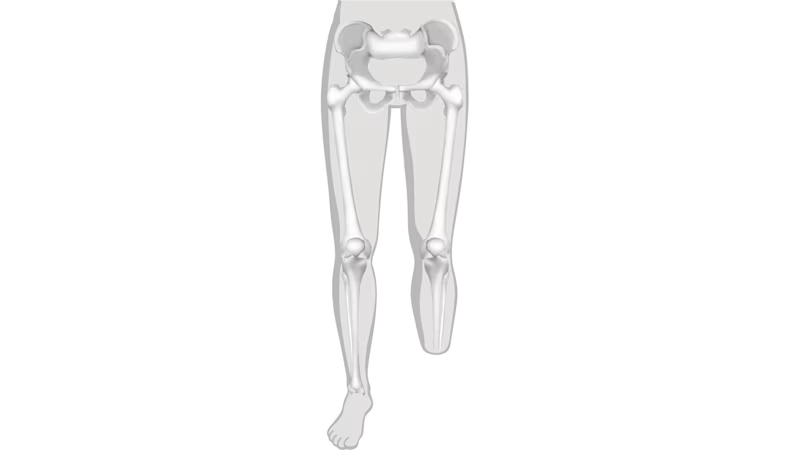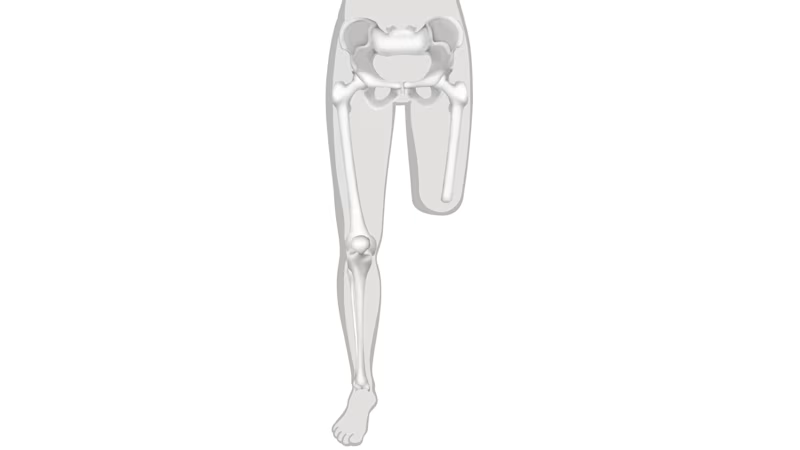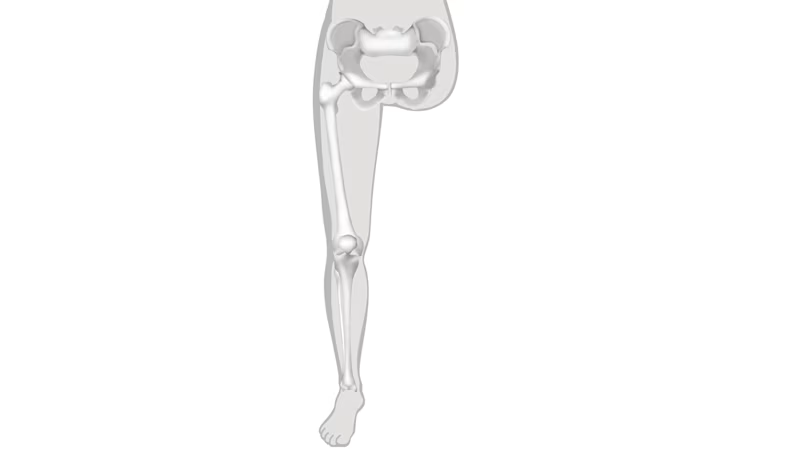


Before the leg amputation
Learn about what happens leading up to a planned amputation and how you can prepare yourself.
Learn about what happens leading up to a planned amputation and how you can prepare yourself.
Preparing yourself for a planned amputation
You may have already known for some time that you have an amputation ahead of you. Even though this knowledge is very hard to bear – you are not on your own in this difficult phase of your life. We want to help you prepare yourself for this step. Learn what happens when a leg is amputated, who looks after you and especially what happens afterwards.
Get in touch with experts
Even though it’s so important, many people don’t realise that you can have influence on who will be treating you. Your care team includes everyone who looks after you during and after the amputation. The team centres around your O&P professional, who also coordinates the process. It’s important that you are treated by specialists with plenty of experience with leg amputees. We provide you with information here so you can learn all about the general treatment process and the various tasks of everyone involved. Our list of experts helps you get in contact with the right specialists, and you can use our checklist to make sure you have considered all the steps.
The most common causes for a leg amputation
An amputation is the severing of a bone in healthy tissue. When a body part is severed in a joint, this is known as a disarticulation. An amputation is required when a diseased body part is not expected to heal and the patient’s life is at risk as a result. Causes may include circulatory disorders, infections, accidents, cancer or a congenital limb difference (dysmelia). In some of the above cases, the need for an amputation is known some time in advance. On the other hand, amputations are sometimes necessary entirely unexpectedly, for example, due to severe injuries after an accident.

The appropriate amputation level is established
The term amputation level describes the place where a body part is amputated. It is established by the doctor before the operation and is based on the reason for amputating.
If the surgery is planned, your O&P professional can be included in the consultations beforehand. The O&P professional can provide advice regarding the most suitable amputation level for the subsequent fitting with a prosthesis.
This is because the amputation level is one of the factors in determining the right prosthesis. It establishes what parts and joints of your leg have to be replaced by a prosthesis.

These experts are there for you and look after your treatment
A team of experts from various disciplines handles your treatment before and after an amputation. We have listed the members of this team here and described the role each of them plays in your treatment.
The O&P professional plays a pivotal role within this team. We advise you to seek contact with them even before the amputation if possible. Our list of experts can help you find someone who already has a great deal of experience in working with leg amputees and is therefore able to provide you with good advice.






